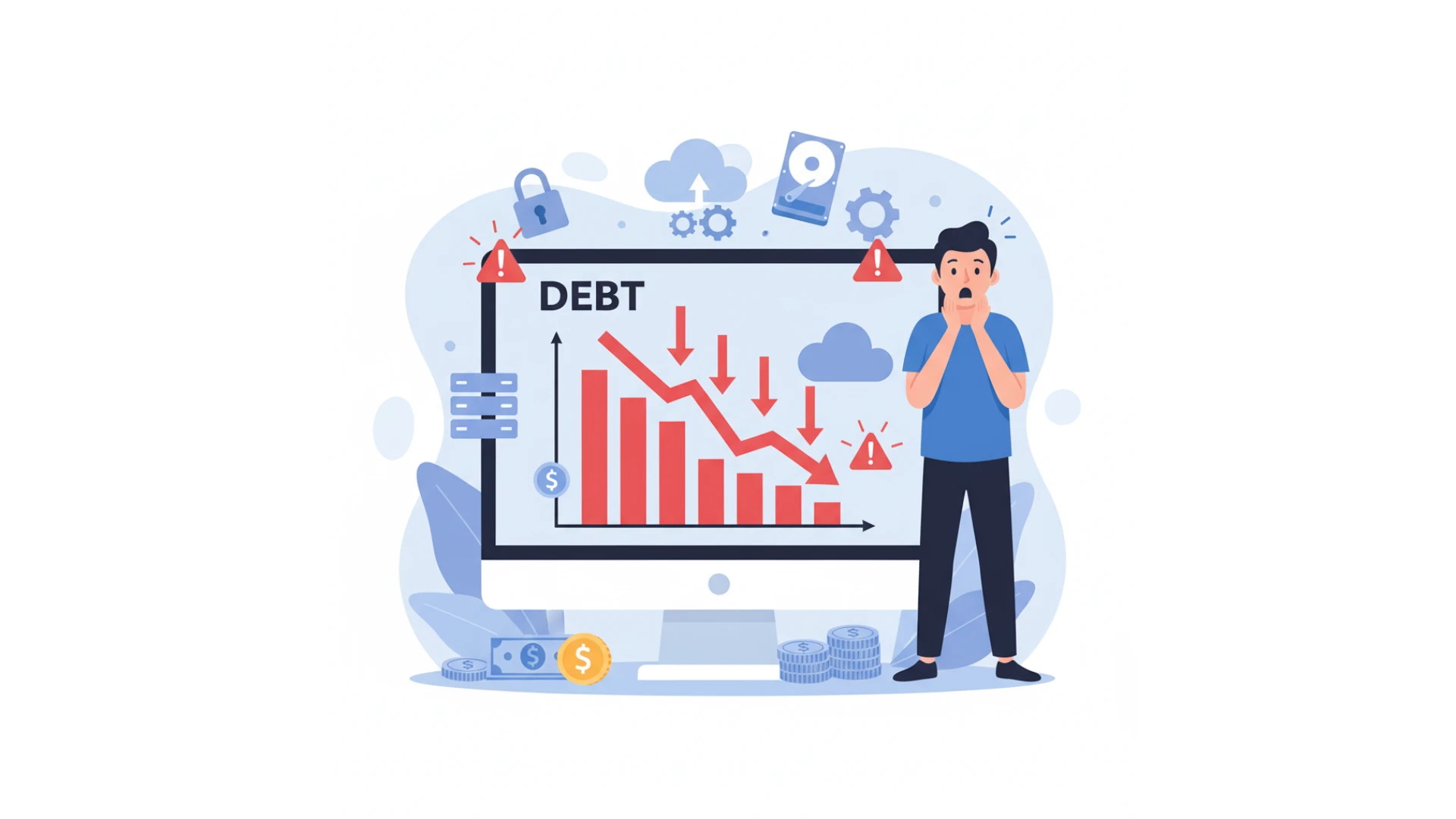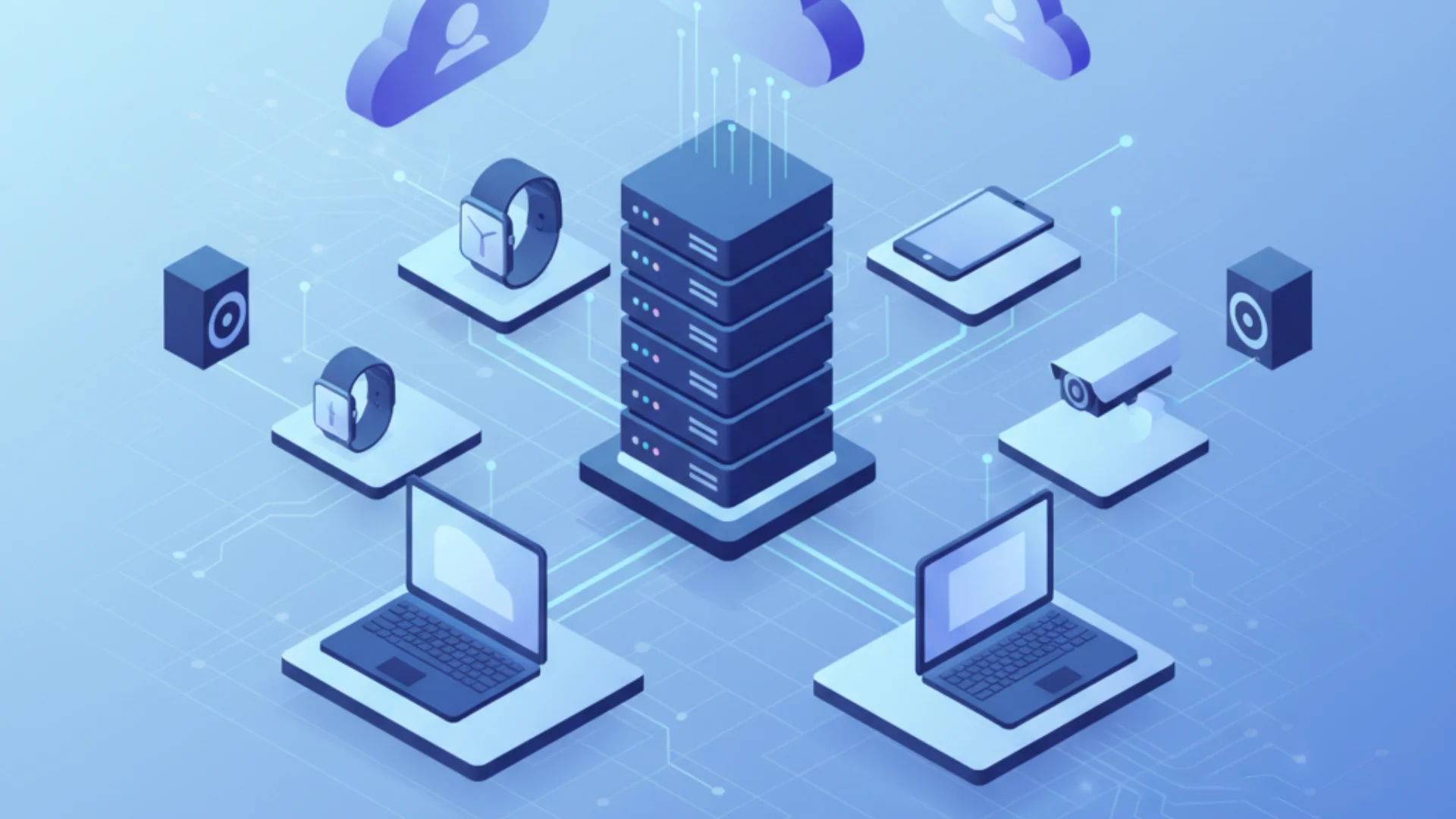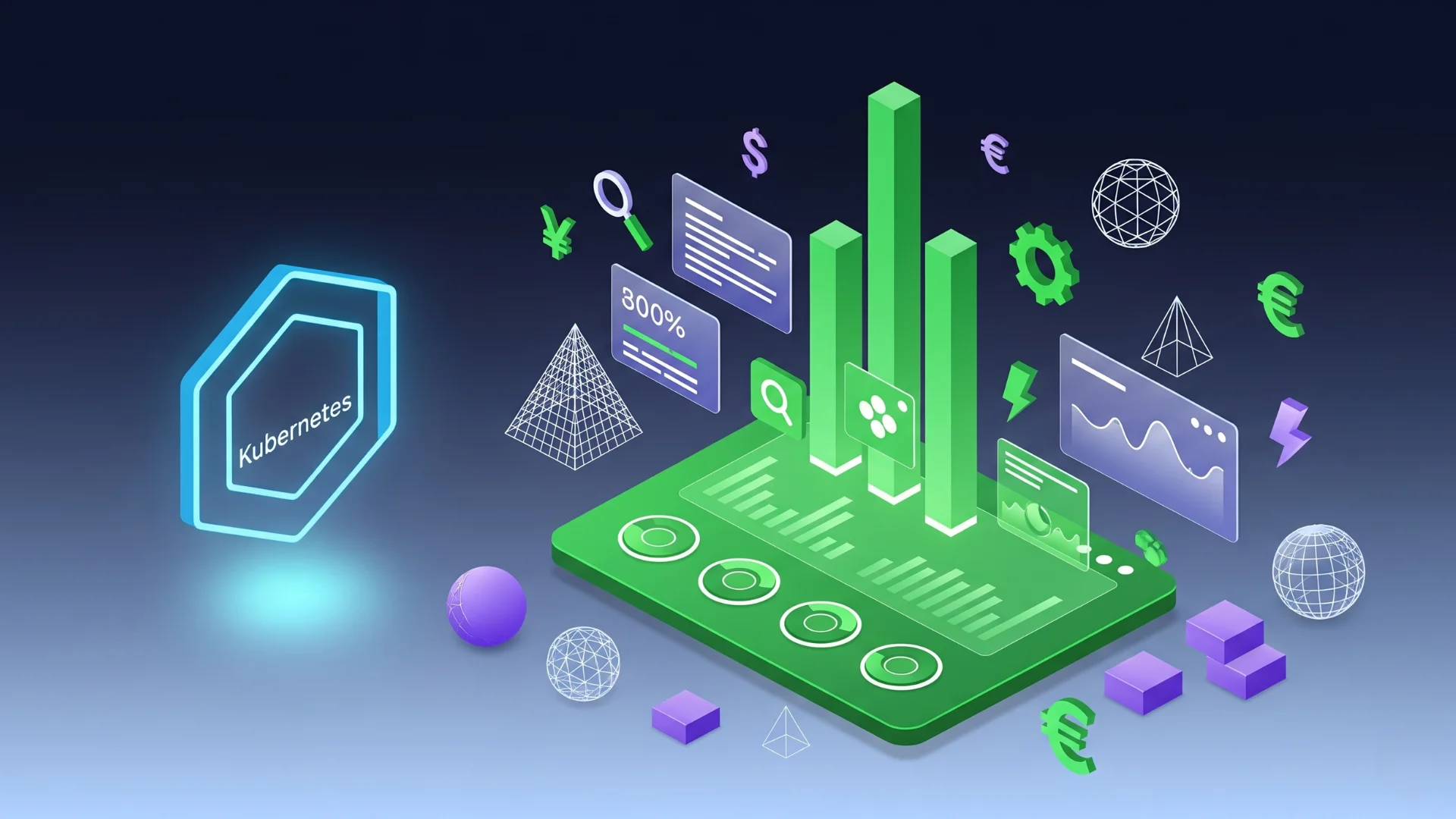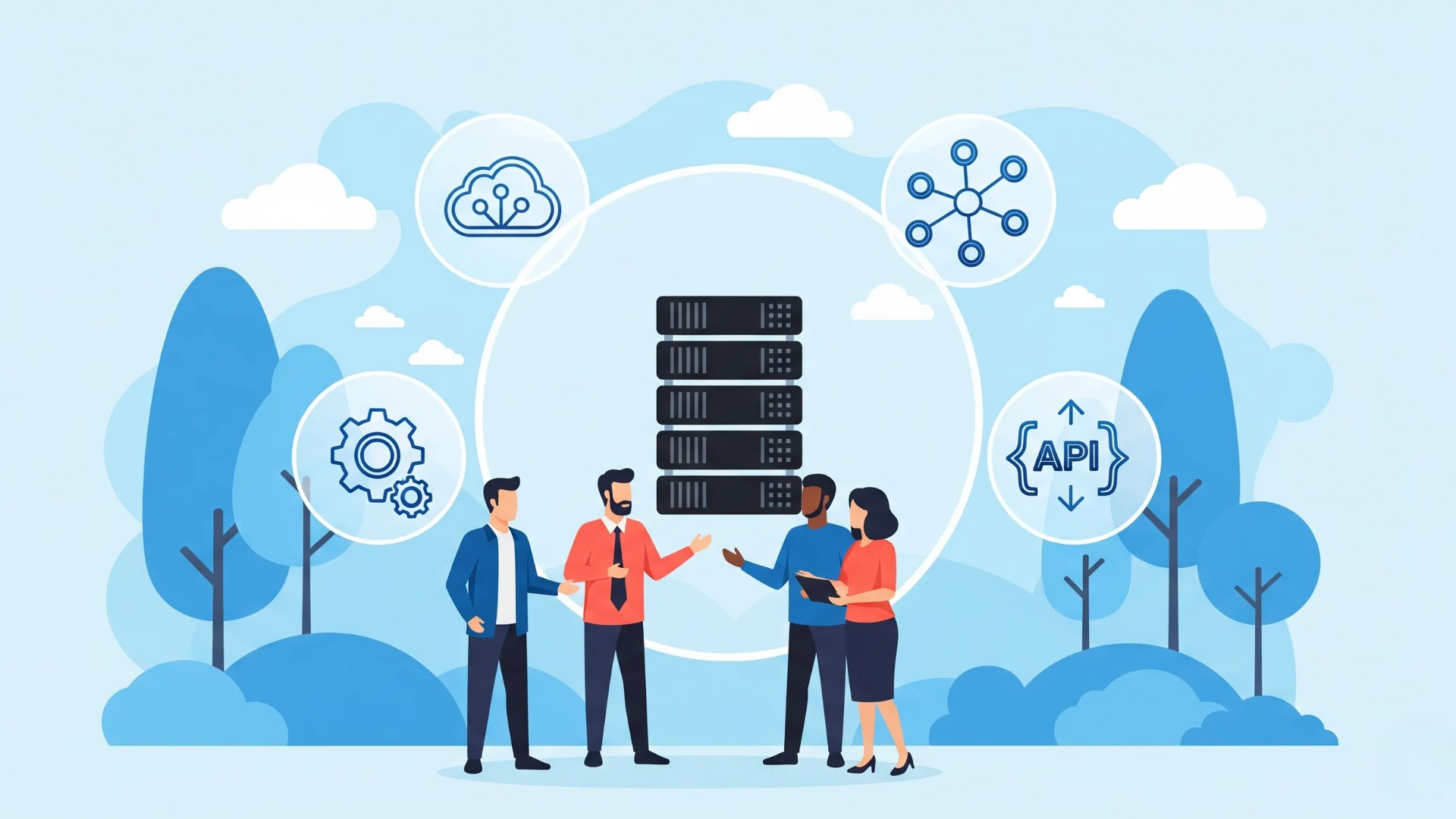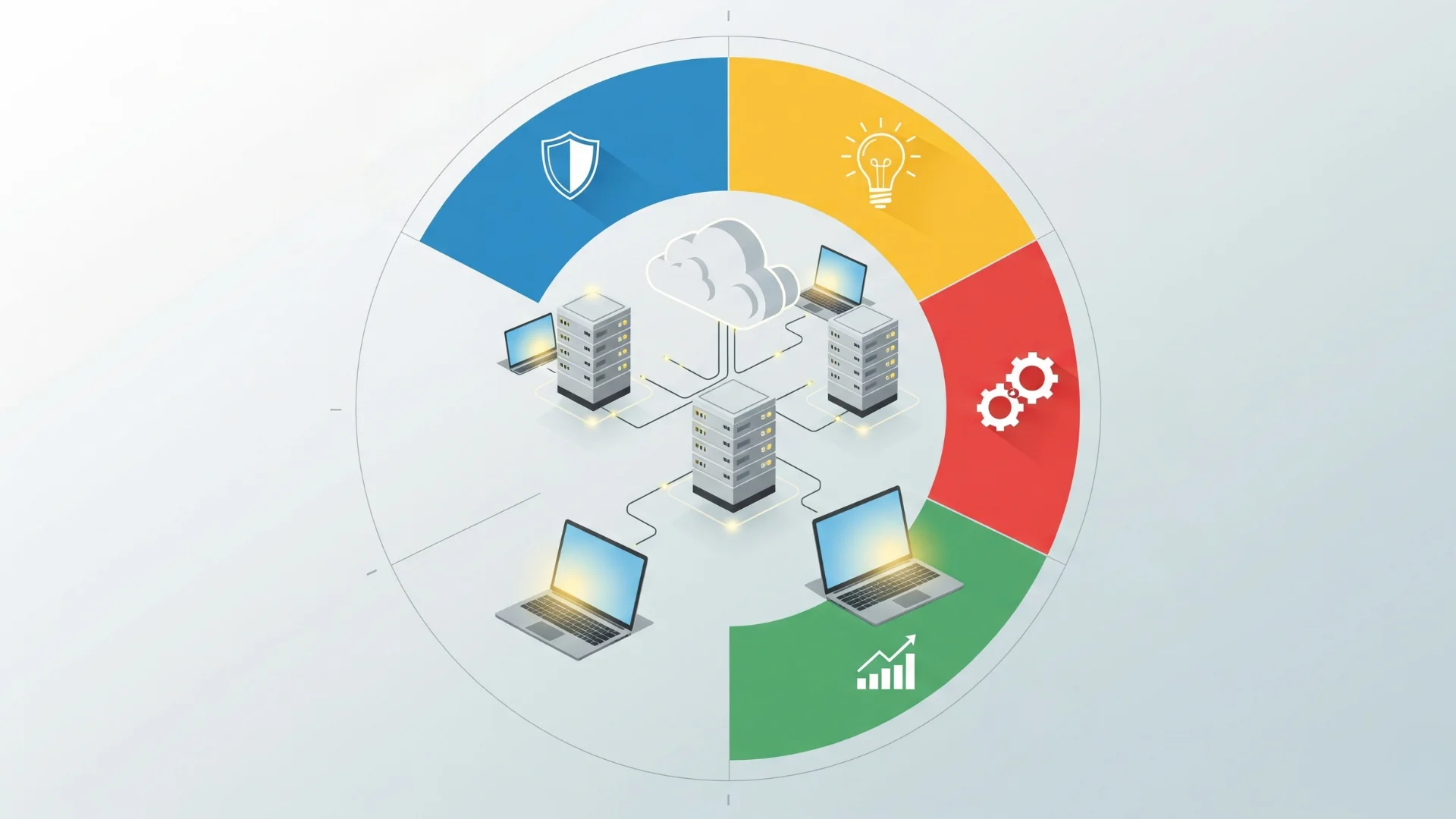The Real Impact of Technical Debt Is Often Underestimated
The impact of technical debt on your business extends far beyond what meets the eye. While most organizations recognize obvious costs like slower deployments and increased maintenance, the true financial devastation operates beneath the surface. It silently erodes competitive advantage and operational efficiency. Technical debt consequences permeate every business function, from customer experience and security posture to market responsiveness and innovation capacity. The cost of technical debt compounds relentlessly, creating an invisible drain that can transform industry leaders into laggards overnight. What makes technical debt particularly dangerous is its deceptive nature. Unlike traditional debt with clear repayment terms, technical debt …
